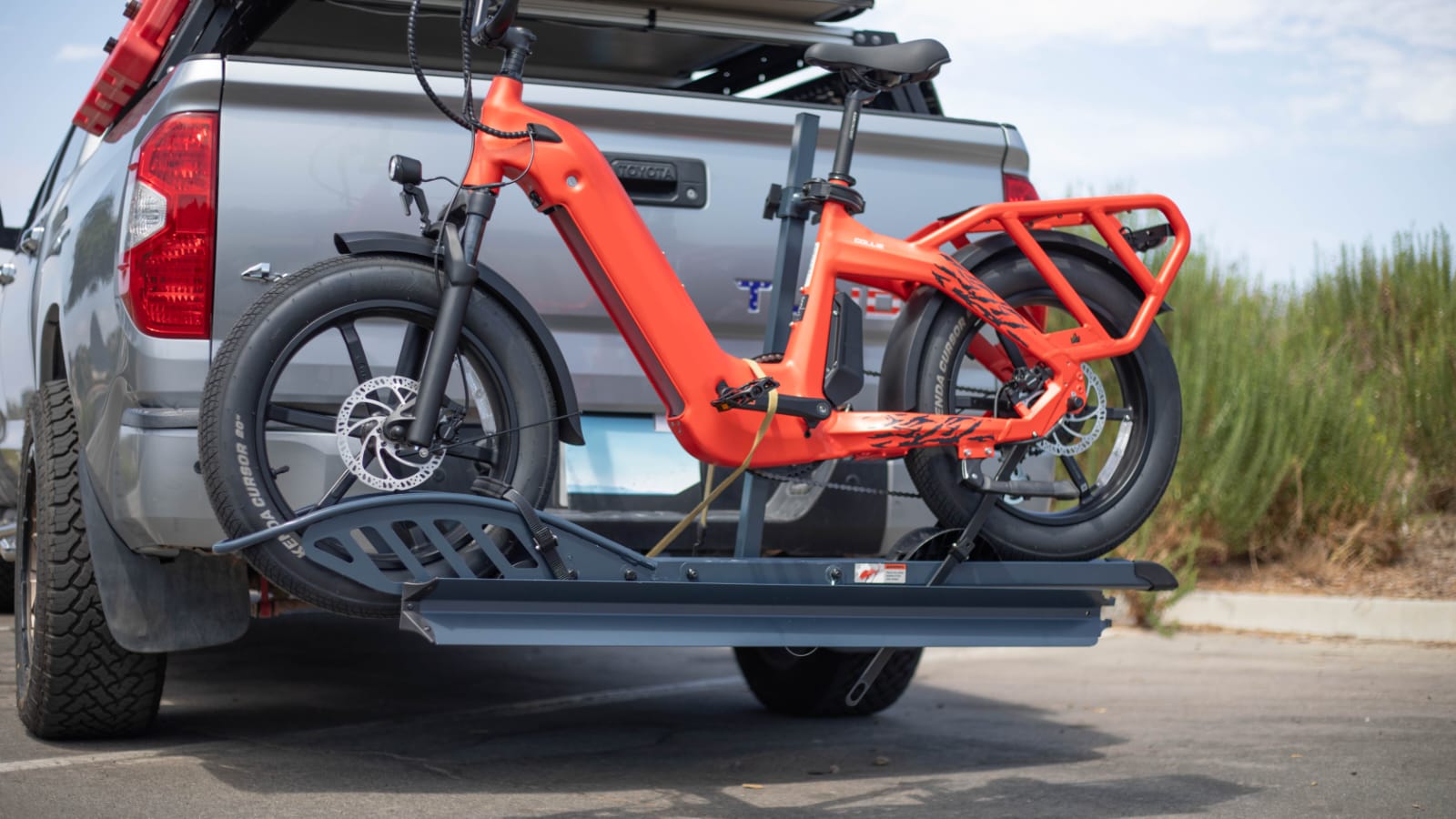Ebike hitch racks have become an essential accessory for transporting electric bicycles. However, not all designs are without their challenges. Many riders encounter an ebike hitch rack design flaw that can compromise safety, efficiency, and ease of use. This article explores these design flaws, their potential impact, and what you should look for when choosing a hitch rack for your ebike.
Common Ebike Hitch Rack Design Flaws
Weak Weight Capacity Support
Electric bikes are heavier than traditional bicycles, often weighing upwards of 50 pounds. A significant ebike hitch rack design flaw is an inadequate weight capacity. Many racks claim to handle heavy loads but fail to perform when tested under real-world conditions.
Risks of Weak Support
- Increased risk of the rack bending or breaking
- Potential for damage to the ebike or vehicle
- Reduced safety during transit
Unstable Mounting Systems
Another ebike hitch rack design flaw lies in unstable mounting systems. Poorly designed clamps or straps can result in bikes swaying during transportation.
Key Issues with Mounting Systems
- Difficulty in securing the ebike
- Damage to the frame due to improper pressure points
- Increased wear and tear on both the rack and the bike
Incompatibility with Ebike Frames
Many ebike hitch racks are designed with traditional bike frames in mind. This ebike hitch rack design flaw makes them incompatible with step-through or unique ebike frames.
Problems with Frame Incompatibility
- Limited use for various ebike models
- Risk of improper fitting leading to accidents
- Additional costs for adapters or custom solutions
Poor Aerodynamics
Transporting an ebike on a hitch rack affects the aerodynamics of your vehicle. An overlooked ebike hitch rack design flaw is the lack of streamlined designs.
Effects on Vehicle Performance
- Reduced fuel efficiency
- Increased drag leading to slower speeds
- Excessive noise during transit
Lack of Anti-Theft Features
Security is a major concern for ebike owners. A common ebike hitch rack design flaw is the absence of anti-theft features.
Consequences of Poor Security
- Increased risk of theft while parked
- Additional expenses for external security systems
- Lack of peace of mind during travel
How to Identify a Reliable Ebike Hitch Rack
Check Weight Capacity
Choose a rack designed specifically for ebikes with a high weight capacity. Look for models that can handle 60 pounds or more per bike.
Opt for Adjustable Mounting Systems
A rack with adjustable mounting options ensures compatibility with various ebike frames, including step-through models.
Prioritize Anti-Theft Features
Select a rack with built-in locks for both the bikes and the hitch. This minimizes the risk of theft and ensures better security.
Assess Aerodynamic Design
Aerodynamic racks not only improve your vehicle’s performance but also enhance the overall travel experience by reducing noise.
Consider Build Quality
Invest in racks made of durable materials like aluminum or steel. A well-built rack can withstand the added weight and demands of ebikes.
Innovative Solutions to Address Ebike Hitch Rack Design Flaws
Improved Materials and Engineering
Manufacturers are now incorporating stronger materials and innovative engineering to eliminate common ebike hitch rack design flaws.
Smart Technology Integration
Modern racks are integrating features like GPS tracking and weight sensors to enhance usability and security.
Customizable Options
Some brands are offering modular designs, allowing users to adapt the rack to their specific needs.
Conclusion
While ebike hitch racks are a convenient solution for transporting electric bicycles, understanding the potential ebike hitch rack design flaw is essential for a safe and efficient journey. From weight capacity issues to compatibility challenges, these flaws can impact your overall experience. By choosing a high-quality rack that addresses these concerns, you can enjoy the convenience of transporting your ebike without compromise. Always research thoroughly and invest in a reliable product to ensure safety, security, and ease of use.
FAQs
What is the most common ebike hitch rack design flaw?
The most common flaw is inadequate weight capacity, which can lead to structural failure or damage during transport.
How can I secure my ebike on a hitch rack?
Opt for racks with built-in locks and sturdy mounting systems to ensure your ebike stays secure.
Are all hitch racks compatible with step-through ebike frames?
No, many racks are designed for traditional frames. Look for adjustable or universal mounting options.
Does a poorly designed rack affect vehicle performance?
Yes, a flawed design can reduce fuel efficiency and increase drag due to poor aerodynamics.
What should I look for in an ebike hitch rack?
Focus on weight capacity, compatibility, anti-theft features, and build quality for the best performance.



